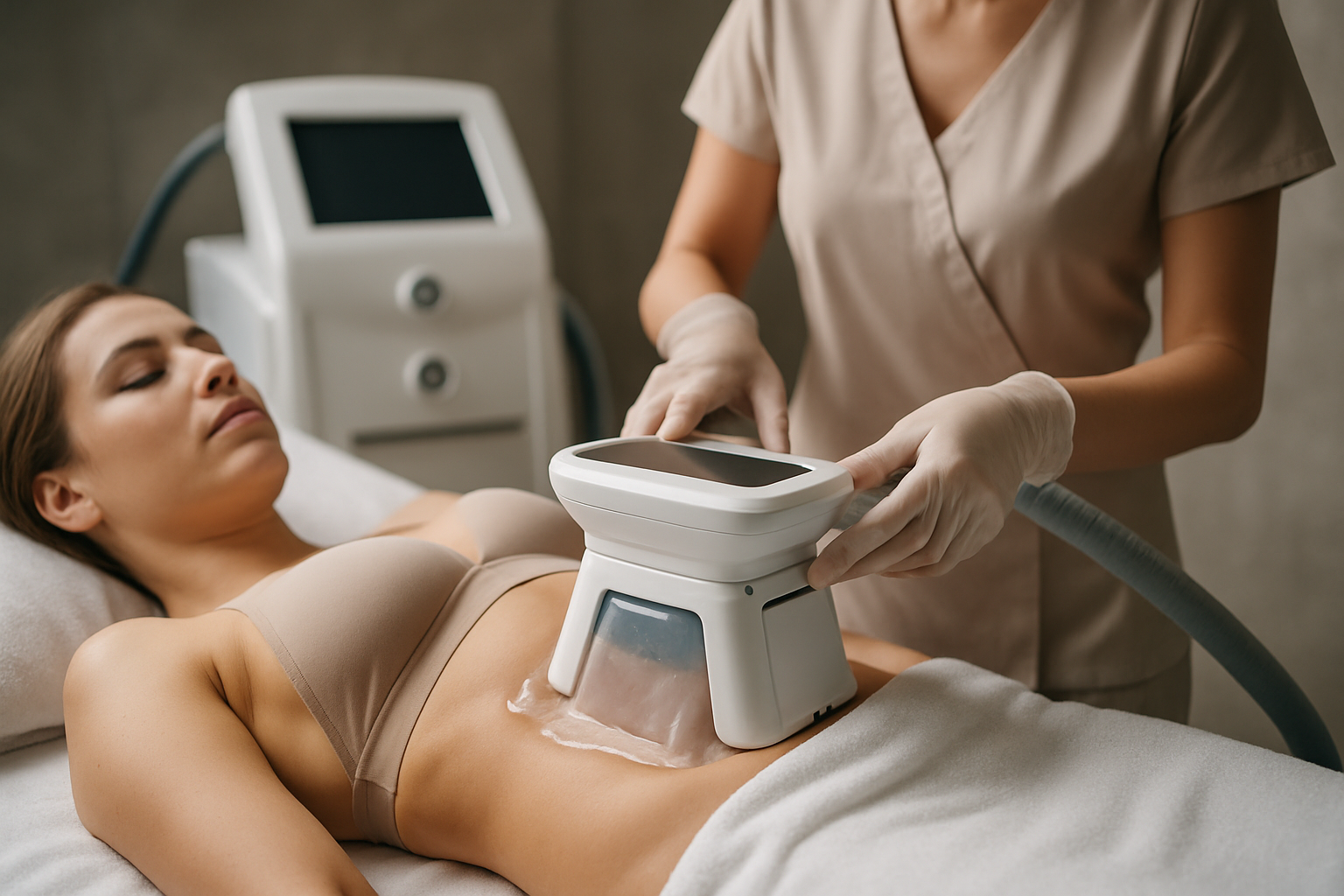Vibroacoustic Therapy: Healing Through Resonance
Can sound waves truly heal the body? Imagine lying on a specially designed bed that resonates with low-frequency vibrations, sending healing waves through your entire being. This isn't science fiction—it's vibroacoustic therapy, an emerging wellness practice that's catching the attention of health professionals and wellness enthusiasts alike.

The Origins of Vibroacoustic Therapy
Vibroacoustic therapy has its roots in ancient healing practices that recognized the profound impact of sound on the human body. However, the modern form of VAT was pioneered in the 1980s by Norwegian therapist and educator Olav Skille. Skille’s work was inspired by his observations of how music and vibration affected children with severe disabilities.
Skille developed specialized equipment that could transmit low-frequency sound waves through a bed or chair, allowing the vibrations to penetrate deeply into the body. This innovative approach quickly gained traction in Scandinavia and spread to other parts of Europe and North America, where it continues to evolve and gain recognition in various healthcare settings.
The Science of Sonic Healing
At its core, vibroacoustic therapy is based on the principle that every cell in our body has a natural frequency at which it vibrates. When these frequencies are disrupted due to stress, illness, or injury, our health can suffer. VAT aims to restore balance by introducing specific frequencies that resonate with different parts of the body.
Research has shown that low-frequency sound waves can penetrate deep into tissues, organs, and bones, promoting cellular regeneration and improving circulation. These vibrations stimulate the production of nitric oxide, a molecule that plays a crucial role in vasodilation and cellular communication. Additionally, the rhythmic nature of the vibrations can help synchronize brainwaves, leading to improved mental clarity and relaxation.
Applications in Modern Healthcare
Vibroacoustic therapy is finding its place in various healthcare settings, from hospitals to rehabilitation centers. Studies have demonstrated its potential in managing chronic pain conditions, reducing anxiety and depression, and improving motor function in patients with neurological disorders.
In oncology, VAT has shown promise in alleviating chemotherapy-induced nausea and fatigue. Some hospitals are incorporating vibroacoustic beds in their post-operative care units to enhance recovery and reduce the need for pain medication. The non-invasive nature of VAT makes it an attractive complementary therapy for patients seeking alternatives to traditional treatments.
The Vibroacoustic Experience
A typical vibroacoustic therapy session involves lying on a specially designed bed or sitting in a chair equipped with transducers that convert sound into vibrations. The therapist selects specific frequencies and music tailored to the individual’s needs. As the sound waves penetrate the body, patients often report feeling a deep sense of relaxation and a tingling sensation throughout their body.
Sessions usually last between 20 to 40 minutes, and many people experience immediate effects such as reduced pain, improved mood, and increased energy. Regular sessions are often recommended for optimal results, with some individuals incorporating VAT into their weekly wellness routines.
Challenges and Future Directions
While vibroacoustic therapy shows great promise, it still faces challenges in gaining widespread acceptance in the medical community. More large-scale clinical trials are needed to firmly establish its efficacy for various health conditions. Additionally, standardization of equipment and treatment protocols is necessary to ensure consistent results across different settings.
The future of VAT looks bright, with ongoing research exploring its potential in areas such as sleep disorders, PTSD, and cognitive enhancement. As technology advances, we may see more personalized approaches to vibroacoustic therapy, with AI-driven systems that can adapt frequencies in real-time based on the body’s response.
Sonic Wellness: Vibration-Powered Health Hacks
-
Try humming for 5 minutes daily to stimulate vagus nerve function and reduce stress
-
Use a 40 Hz tone while studying to potentially enhance cognitive performance and memory
-
Experiment with binaural beats during meditation to achieve deeper states of relaxation
-
Incorporate low-frequency (40-60 Hz) music into your exercise routine for improved muscle engagement
-
Place a singing bowl on your abdomen during deep breathing exercises for enhanced relaxation
As we continue to uncover the healing potential of sound and vibration, vibroacoustic therapy stands out as a promising frontier in holistic health. By tapping into the body’s natural frequencies, this innovative approach offers a gentle yet powerful way to promote healing and well-being. As research progresses and technology evolves, vibroacoustic therapy may soon become an integral part of mainstream healthcare, offering new hope for those seeking harmony in both body and mind.





